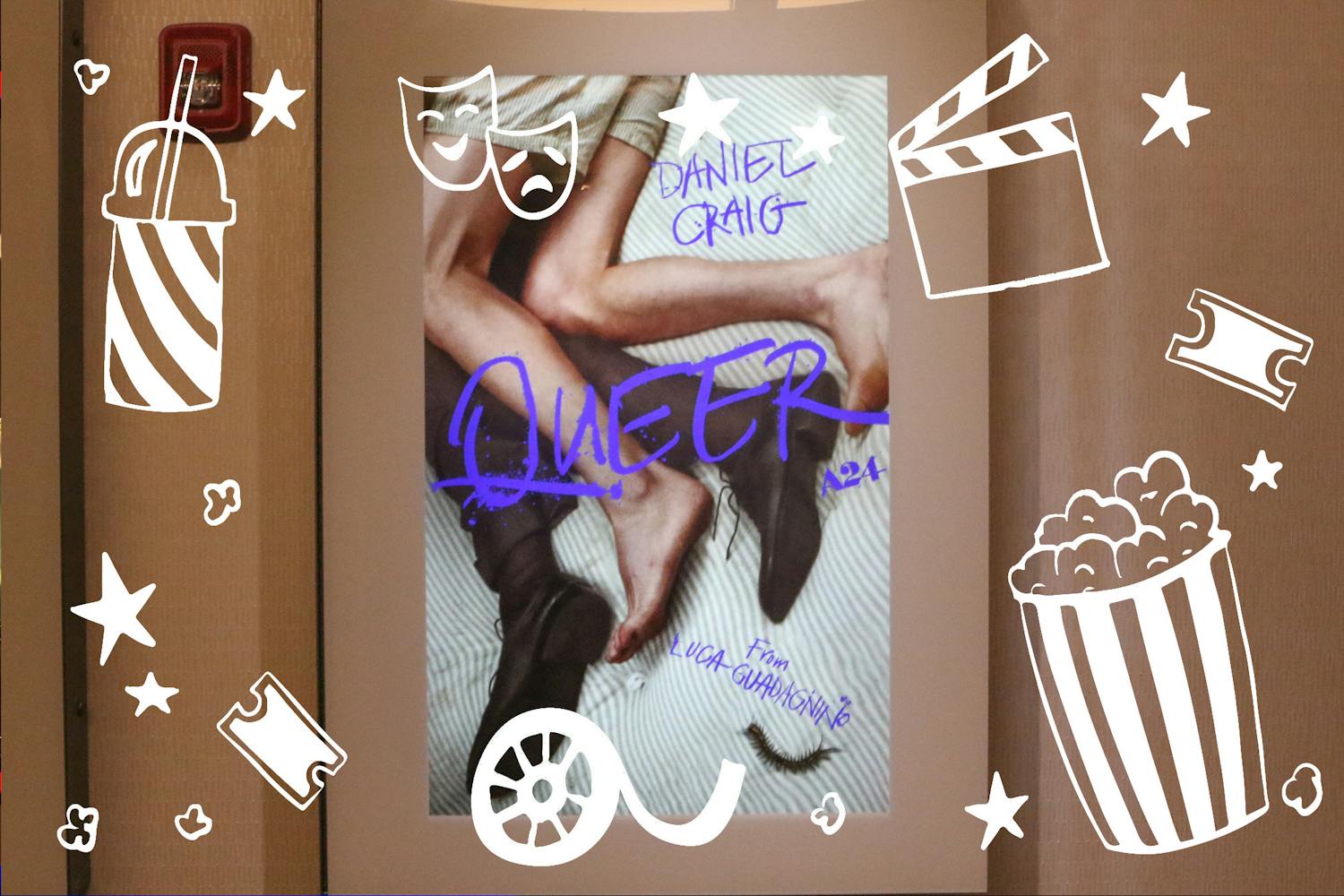From pop-up galleries in dirt lots to sold-out events in art museums, Phoenix's poetry scene has evolved from humble roots to a diverse community spanning the entire metropolitan area.
As this year's National Poetry Month in April — the largest literary event in the world according to the Academy of American Poets — comes to an end, ASU poets reflect on the Valley's growing poetry community.
The poetry scene in Phoenix is shaped by a variety of influences from academic institutes like ASU and UA to grassroots organizations, such as Aliento Arizona and Trans Queer Pueblo, according to Anna Flores, an ASU alumna who graduated in spring 2018 with a degree in English literature.
Flores, who performs original poetry at local art festivals and workshops across Phoenix, said that along with including newly elevated diverse voices, the Phoenix poetry scene is stylistically dynamic.
“It’s really interesting to see the cadence and styles of hip-hop poets who have their own sphere of creative networking and performance,” Flores said, pointing to the city’s track record for producing talented slam poets, such as the expressive slam poetry group Phonetic Spit.
Rosemarie Dombrowski, Phoenix's inaugural Poet Laureate and a senior lecturer at ASU, said she remembers being a part of the burgeoning art community that was coalescing around downtown’s Roosevelt Row 20 years ago.
Dombrowski reflected back on the changing landscape of Roosevelt Row, which started out with dusty dirt lots and groups of ragtag artists who would set up tables or turn U-Haul trucks into makeshift pop-up galleries. She said this gave the art scene at the time a “Mad Max” vibe and contributed to what she describes as the Phoenix poetry community’s “punk rock” identity.
She said that before ASU's downtown campus was built, "there wasn't really any university influence, and there was no institutional influence."
"It was a lot of rogue and wayward artists all converging on this dusty space and trying to make some kind of art scene out of it," Dombrowski said.
Dombrowski said that, since the campus's opening in 2006, students like alumni Flores, Megan Atencia and Sophia McGovern have become important fixtures in developing downtown Phoenix's poetry community.
Read more: Healing with poetry: Student takes on the Phoenix slam poetry scene
"The partnership between ASU students and the literary arts community in downtown Phoenix is essential." Dombrowski said. "(Flores, Atencia and Mcgovern) were all downtown students at one point or another, and they understood from a young age how much the community had to offer and how much the community wanted them to be a part of it."
Flores said ASU’s presence downtown has created a bridge between poets involved in academia and the poets who developed their craft outside of institutions.
Dombrowski, who also started a student-run literary journal called Write On, Downtown, said that since those early years, much of the art and poetry community has migrated from Roosevelt Row to Grand Avenue, where places like ThirdSpace, Space 55 Ensemble and {9} The Gallery hold poetry events.
Read More: Roosevelt Row continues to undergo cultural shifts
Outside downtown's main poetry hubs, Phoenix is also home to a diverse array of smaller poetry scenes.
While there are poetry events downtown including First Friday Poetry on Roosevelt Row, which is organized by Dombrowski, there are also locations across the metropolitan area that showcase the city's literary talent.
Places like Megaphone PHX host slam poetry events featuring local artists and Palabras Bilingual Bookstore had an open mic night oriented toward people of color, and the Virginia G. Piper Center for Creative Writing on ASU's Tempe campus brings in local and national poets for workshops, conferences, readings and more.
Joel Salcido, a graduate creative writing student at ASU and editor-in-chief of ASU literary magazine Hayden’s Ferry Review, said these efforts have helped widen the scope of the poetry scene.
Along with seeing poetry spread throughout the city, Salcido said that it has also been exciting to watch the local poetry community shift over the years from being a more “homogeneous” demographic to one that features many diverse voices.
“I think now that a lot of ... young people of color, and queer folk and people from different parts of the city are now visible in the community,” he said.
Salcido is from the west side of Phoenix and said he aims to showcase the wealth of creativity that lives in all corners of the city — not just the well-known arts districts in downtown.
“Sometimes people forget about us, because people think everything is situated in central and downtown Phoenix,” Salcido said. “It's one of my missions to make sure that people recognize Phoenix as a whole and especially the place where I come from.”
Reach the reporter at wpmcclel@asu.edu and follow @wpmcclelland on Twitter.
Like The State Press on Facebook and follow @statepress on Twitter.




